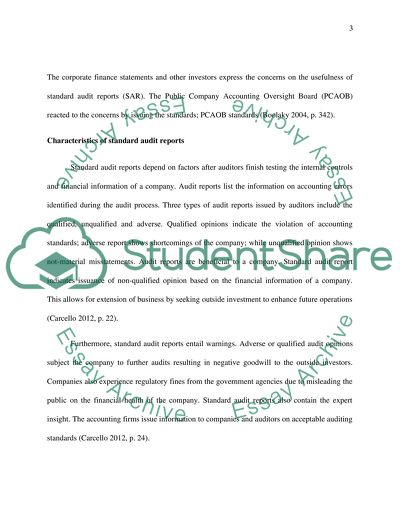Cite this document
(“The purpose and usefulness of standard audit report Essay”, n.d.)
Retrieved from https://studentshare.org/finance-accounting/1471917-the-purpose-and-usefulness-of-standard-audit
Retrieved from https://studentshare.org/finance-accounting/1471917-the-purpose-and-usefulness-of-standard-audit
(The Purpose and Usefulness of Standard Audit Report Essay)
https://studentshare.org/finance-accounting/1471917-the-purpose-and-usefulness-of-standard-audit.
https://studentshare.org/finance-accounting/1471917-the-purpose-and-usefulness-of-standard-audit.
“The Purpose and Usefulness of Standard Audit Report Essay”, n.d. https://studentshare.org/finance-accounting/1471917-the-purpose-and-usefulness-of-standard-audit.


